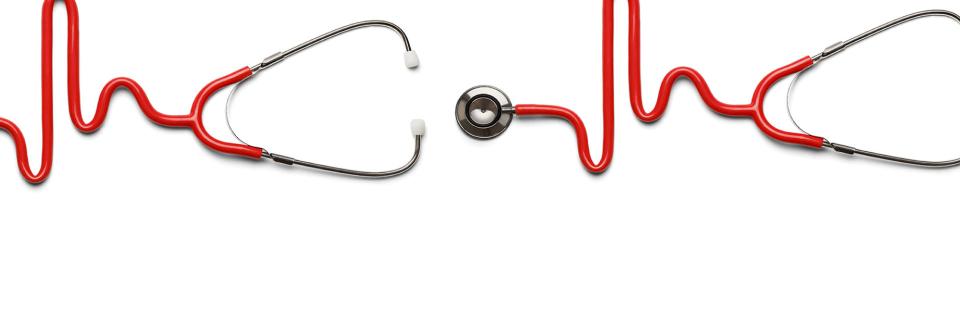
Since 2014, the U.S. Department of Transportation has required truck drivers to get a physical examination at least once every two years. If you have a commercial driver’s license, you must have a valid Federal Motor Carrier Safety Administration medical certification from an FMCSA-approved medical examiner.
Like any visit with a doctor, getting a DOT physical requires a little bit of planning and preparation. Sometimes, it can be difficult finding time away from the road to schedule an appointment. One solution might be UrgentCareTravel (UCT), a growing network of medical clinics that are conveniently located at different Pilot Flying J travel centers across the country. Members of RTS Carrier Services who enroll in UCT’s RTS PRIME program will pay only $25 for an initial DOT physical and save as much as 30% on future medical visits.
Regardless of where you get your DOT physical, here are some tips to make sure the examination is as successful and hassle-free as possible:
Find the Right Practitioner
The person who administers your exam does not have to be a doctor, but he or she must be registered as a medical examiner with the FMCSA. Before scheduling your appointment, look for the nearest provider who is listed here on the FMCSA’s online National Registry.
Plan Ahead
The success of your DOT physical depends greatly on how well you prepare. Get a good night’s rest before the exam and do not rush to the appointment, as that can lead to a higher blood pressure reading. Drink plenty of water before the appointment, and avoid caffeine and nicotine. Remember to bring your driver’s license, have the names and dosages of your medications, and be able to provide contact information for your primary physician.
It also helps to know when your current medical certification expires. Make a reminder in your smartphone’s calendar to alert you one month before the expiration date. That will help you plan for when and where to schedule your next DOT physical.
Take Your Medicine
If you are on medication, routinely take it as your doctor has prescribed. Having a disease or chronic condition under control results in a better physical, allowing you to carry a valid medical card for a longer period of time.
Know What to Expect
The exam will test your hearing, vision and blood pressure. You will also be required to provide a urine sample. Below are some of the other areas the DOT physical covers.
- General appearance: signs of obesity, alcoholism or drug use
- Mouth and throat: deformities likely to interfere with breathing
- Sleep apnea: various tests to detect obstruction of the airway
- Chest and abdomen: abnormal breathing or enlarged organs
- Mobility: strength and flexibility in limbs and back
Be Honest About Your Health
If you are not forthcoming about your condition, the medical exam and card might be deemed invalid. If you are not up-front with the practitioner about any health issues, the exam could take longer to complete. Remember that the exam also includes providing access to your medical records, so being open and honest from the start is always the best approach.
Keep a Record of Your Exam
A DOT physical exam can be valid for as long as 24 months. However, the medical examiner may issue a medical card for a shorter period of time if you have a condition that requires monitoring, like high blood pressure.
When you pass the physical exam, the medical examiner will give you a copy of the test results that you can use for documentation. The practitioner will also keep a copy of your Medical Examiner’s Certificate on file for at least three years.
Additional information about the DOT physical can be found here on the FMCSA's web site.
For information on how to help your business succeed, contact RTS today!